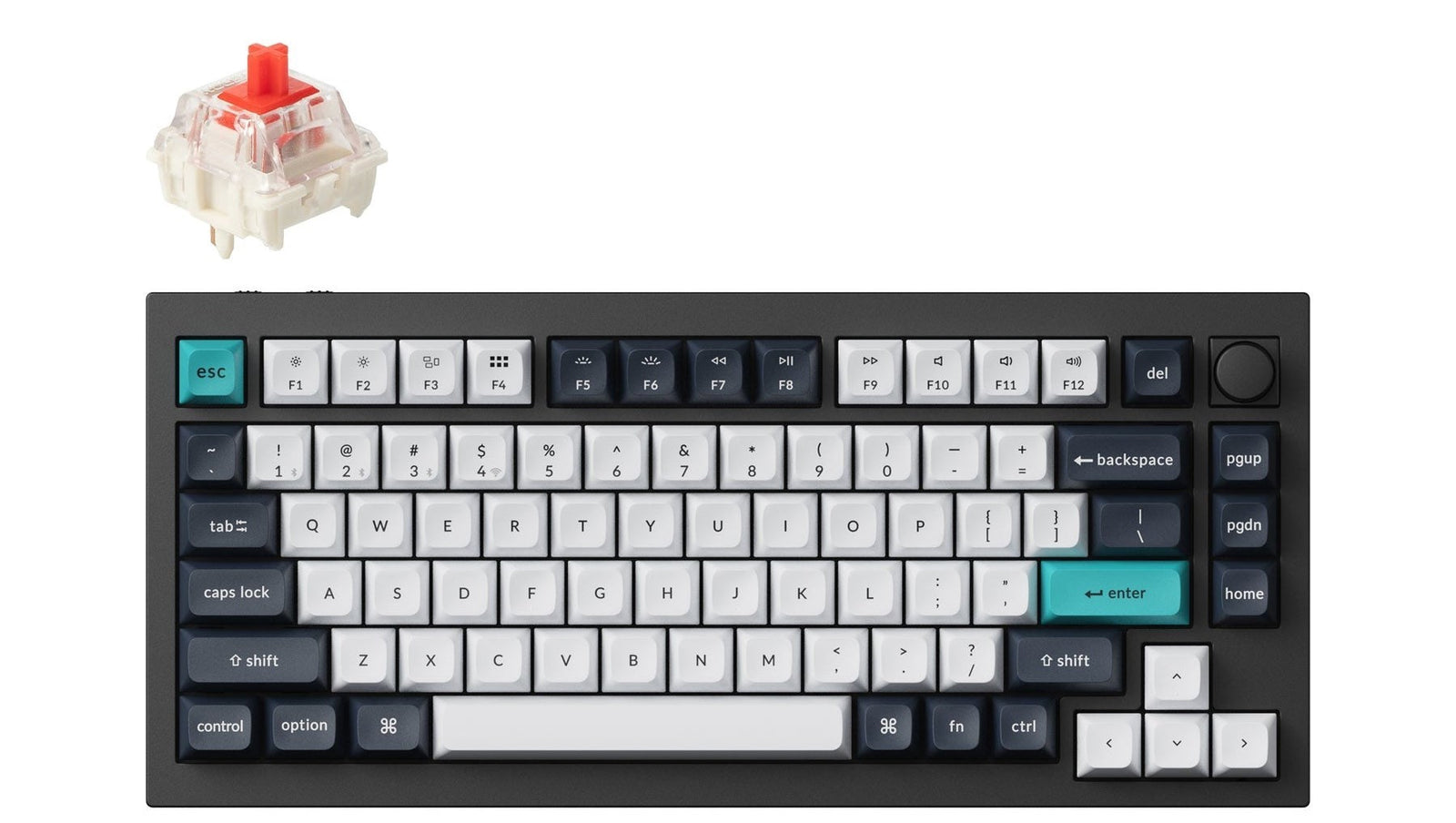The keyboard has a storied history, evolving from the rudimentary typewriters of the past to the sophisticated devices we use today. At Keychron, we celebrate this rich heritage while continuously pushing the boundaries of what keyboards can offer. Join us as we explore the milestones that have shaped the modern keyboard and how Keychron is contributing to this ongoing journey.
The Early Days: Typewriters
The journey of the keyboard begins with the typewriter, invented in the 19th century. These early machines had several quirks and limitations:
- Back-of-Page Typing: Initial typewriters typed on the back of the page, making it impossible for typists to see their work as they typed.
- Limited Symbols: Typists often had to combine characters to create symbols. For instance, creating a dollar sign required typing an 'S', backspacing, and then typing an 'l'.
- No Zero or One: Typewriters didn’t have keys for the zero or one digits; an uppercase 'O' or a lowercase 'l' would suffice.
- Uppercase Only: Early typewriters only had uppercase letters, and it took years before lower and upper case options were available. The terms "upper case" and "lower case" originate from the printing press era, where capital letters were stored in the "upper" case and others in the "lower" case.
The Evolution of Keyboard Layouts
It took considerable time for keyboard layouts to standardize. Initially, some typewriters lacked shift keys and had separate keys for lowercase and uppercase letters. Others used one or two shift keys to switch between cases and symbols, similar to how modern smartphone keyboards operate.
The QWERTY layout, designed to reduce type bar jams, became the de facto standard despite other proposed layouts. This layout allowed for quick typing of the word "typewriter" using only the top row of keys.
Electric Typewriters and Beyond
Electric typewriters, introduced in the 1920s, mechanized the typing process, allowing for lighter keystrokes. These coexisted with manual typewriters up through the eighties. The IBM Selectric, introduced in the 1960s, revolutionized the industry with its type ball mechanism, eliminating jams and increasing typing speed. It eventually dominated the market, capturing 75% of it.
The IBM Selectric also served as a terminal for mainframes and was equipped with memory disks for document storage and replay.
The Birth of Mechanical Keyboards
IBM’s 1970s Beam Spring keyboards were designed to replicate the feel of the Selectric. These were later replaced by the more cost-effective buckling spring mechanism, still revered for its excellent tactile feedback.
The control key, originally positioned more conveniently on early keyboards, originated from teletypes—early devices that converted key presses into signals sent over a wire. The control sequence for backspace (ctrl-H) remains in use today.
Early Ergonomic Keyboards and Innovations
Early ergonomic keyboards by Apple and Microsoft were conservative to ensure market acceptance. Innovations continued with products like the 2005 Optimus Maximus, which featured tiny screens on each key to change depending on the task. However, practical use was limited by design flaws.
Keychron: Innovating the Keyboard Experience
At Keychron, we embrace this rich history, blending tradition with innovation to create keyboards that offer unparalleled performance and aesthetics. Our product line exemplifies this commitment. Here’s a glimpse into the meticulous assembly process of our keyboards:
- Quality Control and Component Inspection: Ensuring each component meets our high standards.
- Soldering the Switches: Skilled technicians carefully solder each switch onto the PCB (Printed Circuit Board).
- Mounting the PCB into the Case: The PCB is securely placed into the keyboard case for optimal performance.
- Keycap Installation: Keycaps are meticulously installed, adding the final touch of personalization.
- Final Testing and Packaging: Each keyboard undergoes rigorous testing before being cleaned, packaged, and shipped.
Looking Forward
At Keychron, we continue to push the boundaries of keyboard technology, exploring new materials, to enhance the typing experience. Our goal remains to blend functionality with aesthetic appeal, providing users with keyboards that are as enjoyable to use as they are beautiful.
Join the Keychron Community
We invite you to join the Keychron community. Explore our range of keyboards, keycaps, and switches to find the perfect match for your needs. Stay tuned for more innovations from Keychron as we continue to shape the future of typing.

